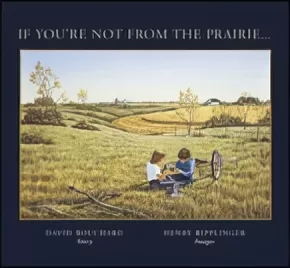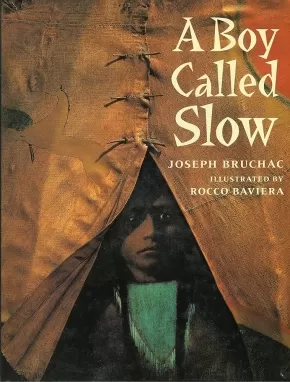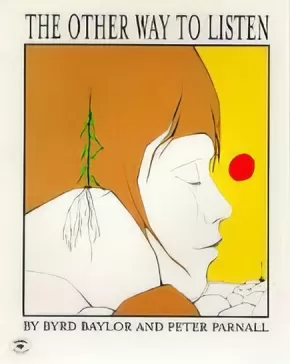ON SALE
Sale applies to IN-STOCK books only - quantities are provided in the book's title when possible.
Synopsis:
Feathers and Fools is an allegory about how wars can begin with a simple fear of others based on misconceptions. For some time the swans and peacocks have lived peacefully by a pond. One day the peacocks begin to contemplate the differences between themselves and their neighbours. This then leads to the fear that the swans may one day change the peacock's way of life. With this fear fully ingrained in their minds, they begin to build arms against their neighbours. "We shall hurl these arrows at their throats and slaughter everyone should they ever try to change our way of life."
Upon hearing this, the swans began to build arms against the peacocks in fear that they would be attacked. The fear grew as each group acquired more and more arms against each other. The peacocks soon mistook the action of a swan as an act of aggression and thus, a war began. "Soon cries filled the sir and blood darkened the earth." When all the feathers had settled, there were no birds to be found, both swans and peacocks had been destroyed.
Fox's antiwar story touches on a common issue many nations face and how humans handle the concept of war. As history has revealed, humans have begun wars oftentimes with very little knowledge of their opponents on the battlefield. The author artfully displays how mankind, although similar in many ways can decimate each other because of our lack of knowledge of the similarities amongst all groups. At the end of the story, Fox gives us a hopeful ending with the hatching of a lone peacock and a lone swan. These young birds meet and notice how similar they are and soon become friends. "So off they went together, in peace and unafraid, to face the day and share the world." Fox recognizes that present and future generations hold the keys to ending war.
The main characters, swans and peacocks are interchangeable with any nation, country, or people who have endured wars and their aftermaths. The book also emphasizes the importance of learning from history and not repeating it. Illustrator Nicholas Wiltons paintings bring out the beauty of the worlds of the peacock and swan. With acrylic jewel tone paints, he captures the beauty of the peacocks bright feathers and the swans graceful profile. As the story progresses, you can see the changes of the birds body language and actions helping bring emphasis on how the building toward war changes reactions and opinions of the two sides. The paintings were created to evoke the feeling of a folktale or fable with its aged looks and block style borders. Feathers and Fools is a wonderful book that could open the possibility for the discussion of topics such as war, the arms race, and similarities amongst people and their ways of lives. This book could be used at all levels for discussion.
Educator Information
This resource is also available in French: Plumes et prises de bec
Additional Information
36 pages | 11.00" x 8.50"
Synopsis:
Award-winning poet David Bouchard offers words that remind the reader of the power of the wind, the sweep of the sky, and adventures on a cold prairie night. Henry Ripplinger's stunning paintings are treasures for the mind and the heart.
Reviews
"If you're from the prairie or not it doesn't matter: this evocative book will take your breath away. David Bouchard has created a series of verses about life on the prairie that are simple, lyrical and exquisite. Henry Ripplinger's brush matches the cadence of the poetry stroke for stroke. This is a book that is hard to put down and easy to return to. Is it an adult book masquerading as a children's book? It is the author's and illustrator's loving look back to their home, but it transcends age and time and place. A child will be drawn in by the poetry's ingenious metaphors and the pictures' panoramic rural scenes. The prairie landscape is realistically painted with a magical glow that distance in time allows the painter. An adult will hear the nostalgic echoes of childhood. Adult or child--one's eyes will be lost in the expanse of the prairie and one's ears will reverberate with the melodic rhymes." - Theo Hersh, CM Magazine
Educator Information
Ages: 6+
This resource is also available in French: Si tu n’es pas de la prairie
Additional Information
32 pages | 10.34" x 9.36"
Synopsis:
The True Story of Sitting Bull from multi-award-winning author Joseph Bruchac.
Anxious to be given a name as strong and brave as that of his father, a proud Lakota Sioux grows into manhood, acting with careful deliberation, determination, and bravery, which eventually earned him his proud new name: Sitting Bull.
Reviews
"Being named Slow and growing up in the shadow of a great warrior hardly dwarfed the prospects of this protagonist: he grew up to be Sitting Bull. Bruchac's sensitively told story of Sitting Bull's coming-of-age reassures young boys that success comes through effort, not birth." —Booklist
Educator Information
Recommended for ages 4 to 8.
Additional Information
32 pages | 7.88" x 10.25"
Synopsis:
The Caldecott Honor author/illustrator team that brought readers "The Desert Is Theirs" and "The Way to Start a Day" returns with this tale of truly listening to the world around us. In "The Other Way to Listen", a young boy is eager to learn and an old man is happy to share his wisdom.
Full color Ages 6-9.
Synopsis:
From the highly acclaimed team of Byrd Baylor and Peter Parnall comes the story of a girl who shares her love for desert life as she tells of treasured experiences like dancing in the wind on Dust Devil Day or sleeping outside on a hot summer night during The Time of the Falling Stars. Baylor's radiant prose-poem and Parnall's exquisite illustrations combine to create a joyous celebration of the human spirit.
Reviews
"With a text by Byrd Baylor and pictures by Peter Parnall, this delightful book will inspire you to create your own holidays. "Last year I gave myself one hundred and eight celebrations — besides the ones that they close school for," announces a young girl. She lives in the desert and just laughs when people suggest that she might get lonely. How could she get lonely when there are so many things around her that catch her attention and fill her with wonder?" - Frederic and Mary Ann Brussat, Spirituality Practice
Additional Information
32 pages | 8.00" x 10.00"











